Hyundai was earning a big name for itself in North America when the 1990s dawned, first with the 1983 Pony (in Canada only) and then with the spectacularly cheap Excel beginning in 1986. The Sonata debuted here as a 1989 model, luring some buyers away from the more expensive Honda Accord and Toyota Camry. Two years later, Hyundai brought over a sporty coupe based on the Excel: the Scoupe. Nearly every example of the Scoupe has disappeared from American roads and car graveyards by now, but I managed to find this ’93 in Colorado recently.
In the United States and Canada (as well as in its South Korean homeland), this car’s model name was pronounced “scoop,” while in Europe it was marketed as the “ess-coo-PAY.”
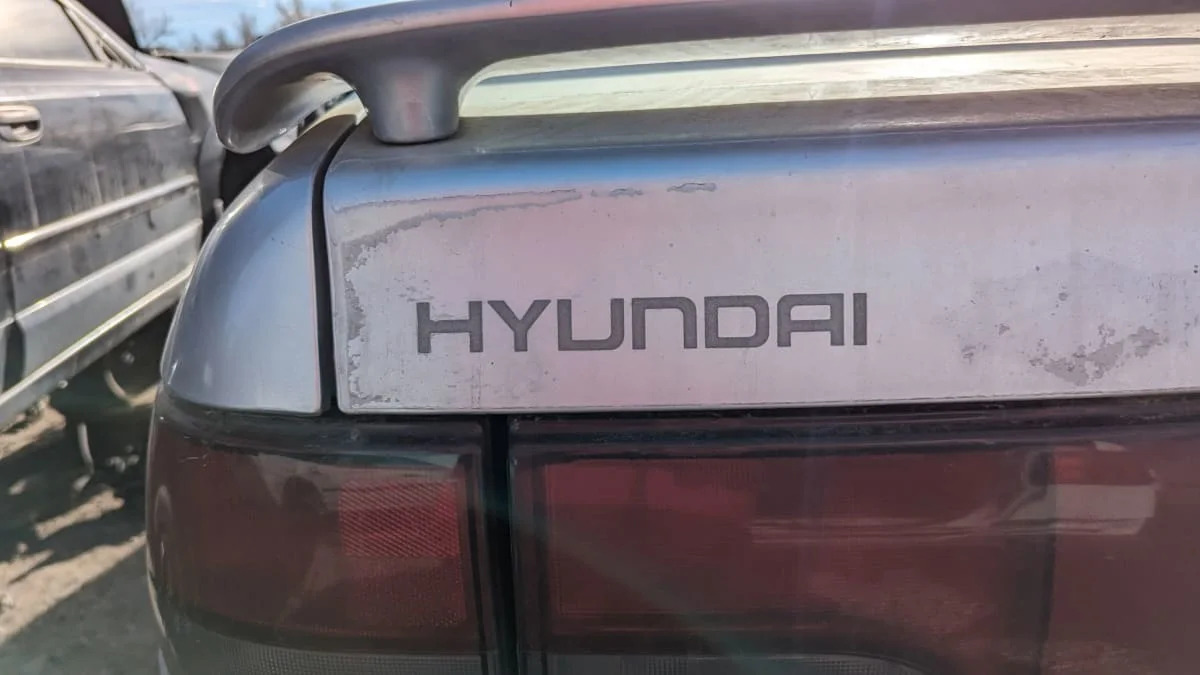
The Scoupe was available here from the 1991 through 1995 model years. It was cheap, with the base model listing at just $9,069 for 1993 (about $19,528 in 2023 dollars). This car has the more luxurious LS trim level, so its MSRP would have been $10,199 ($21,961 after inflation). The hot-rod Scoupe Turbo for ’93 had a price tag starting at $10,999 ($23,638 in today’s money).
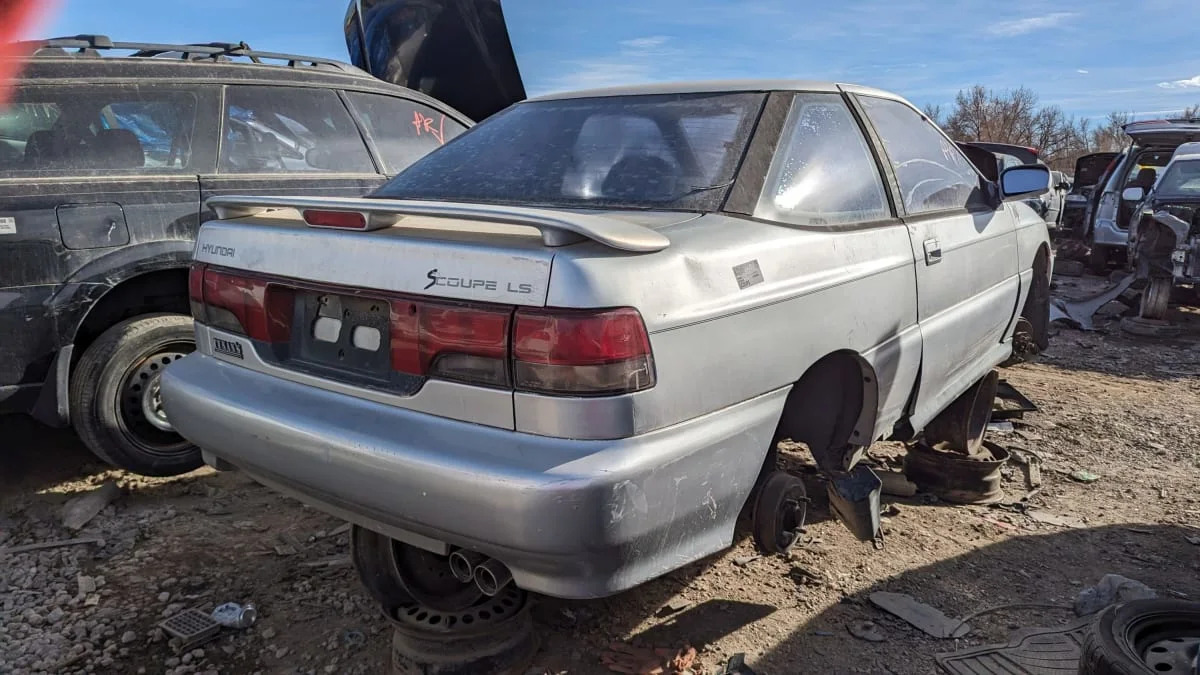
Those were tough prices to beat for a slick-looking notchback coupe at the time. Your friendly Chevy dealer had the 1993 Cavalier coupe at $9,520 for the RS and $12,500 for the Z24. The cheapest version of the 1993 Honda Prelude was well out the prospective Scoupe buyer’s price range, at $17,000, and even the lowly 1993 Civic coupe started at $10,350.
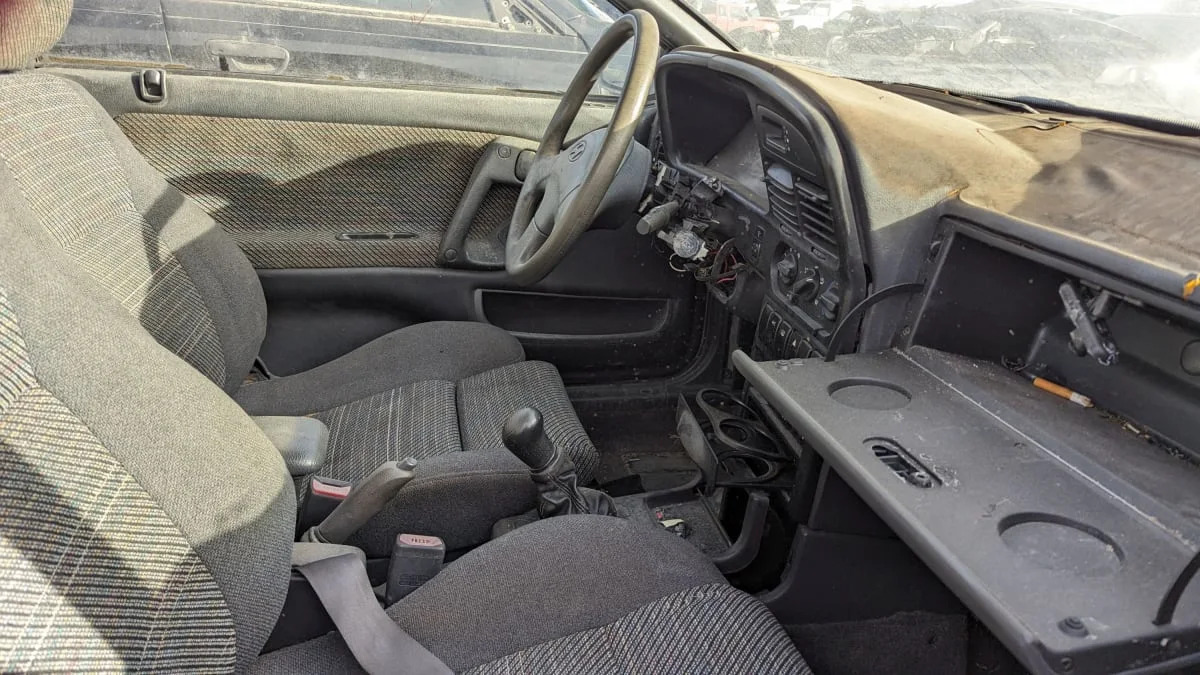
Toyota had the Tercel-derived Paseo coupe for $11,498, which was a good deal in terms of build quality but certainly not for driving enjoyment. Isuzu was then in its final model year of selling non-truck models in the United States, and the Impulse coupe had an MSRP of $12,499 to go with its Lotus-tuned suspension. Nissan? Yokohama’s cheapest notchback coupe over here for 1993 was the 240SX, starting at $14,755; a great deal for a rear-wheel-drive sports coupe but far out of reach for most prospective Scoupe buyers.

The Ford Escort was hatchback- and wagon-only, but the most affordable 1993 Mustang notchback (then in its final year on the Fox platform) had a sticker price of a mere $10,719 with 2.3-liter “Pinto” engine. Pontiac had the base Sunbird Coupe for $9,382 and the Grand Am coupe at $12,524. The Plymouth Sundance and Sundance Duster two-doors were hatchbacks but looked notchbacky, and had sticker prices of $8,397 and $10,498, respectively. The Scoupe came with a bunch of standard features that were extra-cost options on the competition, too, which made it even more tempting to buyers.
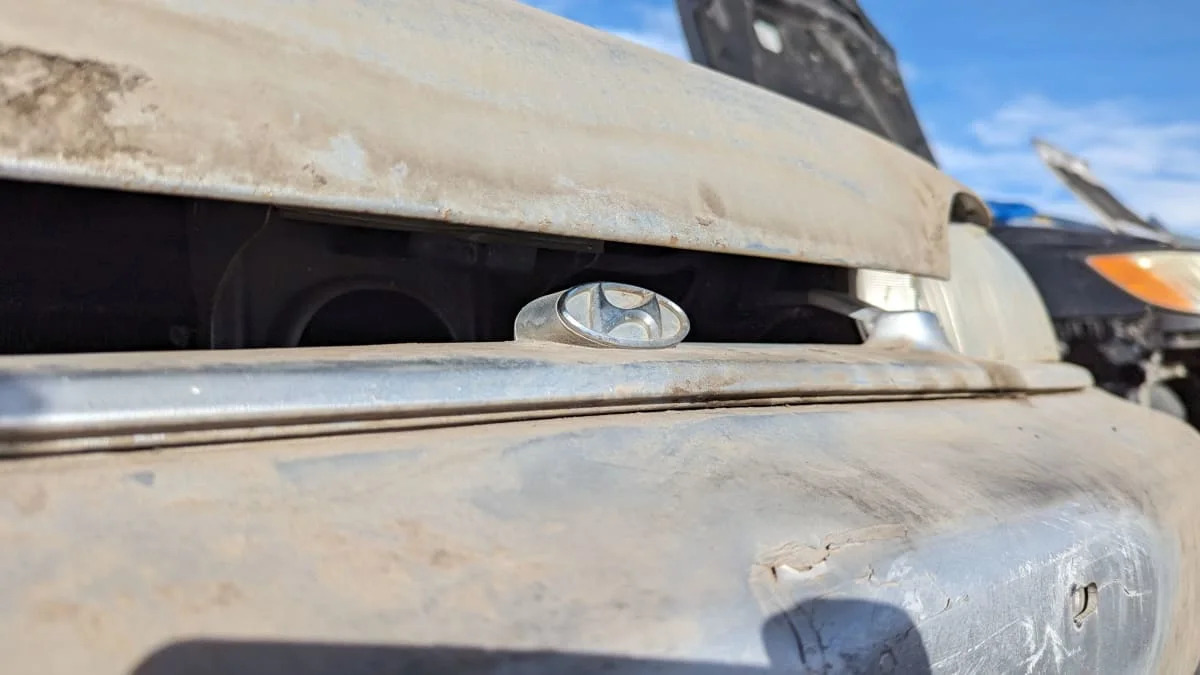
The upshot is that it proved nearly impossible to beat the Scoupe on price alone (the poverty-spec Sundance and its Dodge Shadow twin just barely managed the feat). By 1993, though, the abysmal build quality of the Excel was well-known and scaring off many potential Hyundai shoppers, so that perception sat on the other side of the scale for car shoppers at the time. The Scoupe sold poorly here and disappeared without leaving much trace.
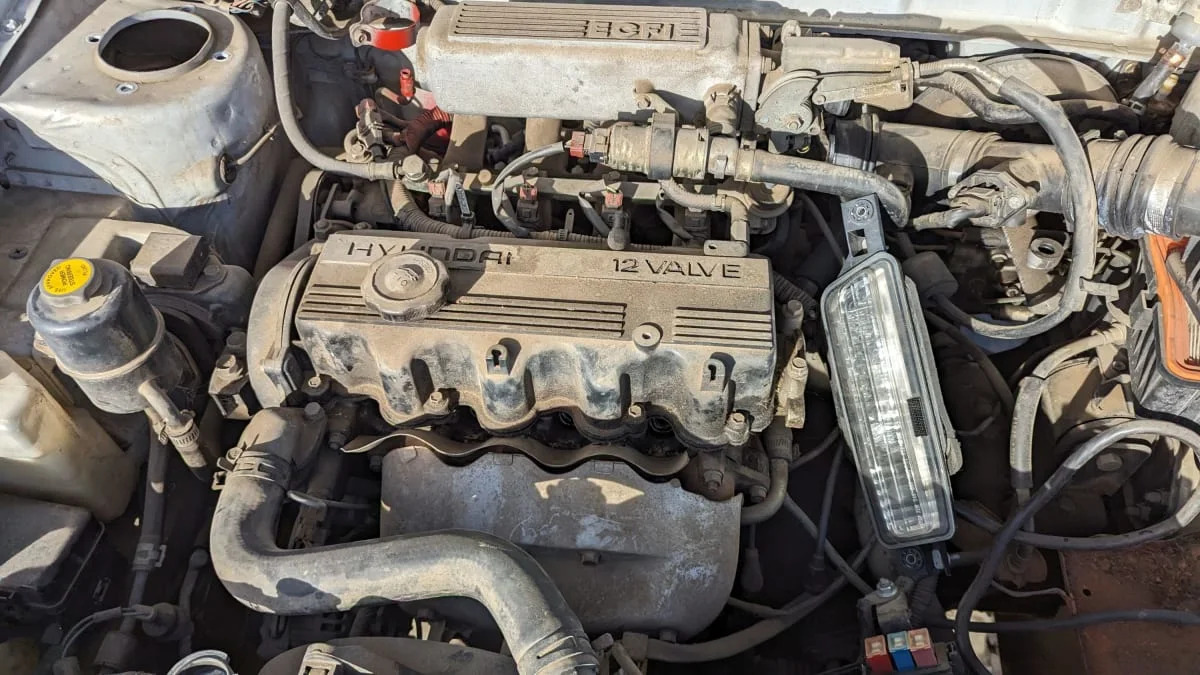
Under the Scoupe’s hood lived this Mitsubishi-based 1.5-liter SOHC straight-four engine, rated at 91 horsepower and 97 pound-feet. That was better than the 81 horses in the Scoupe’s Excel cousin, but not as good as the mighty 115 hp in the Scoupe Turbo. Even the pokey Toyota Paseo managed to get into triple-digit horsepower for 1993, so we can assume that all of the Scoupe’s likely competitors (other than, perhaps, the base Sundance/Shadow and its 93-horsepower 2.2) would have eaten it up in a drag race.
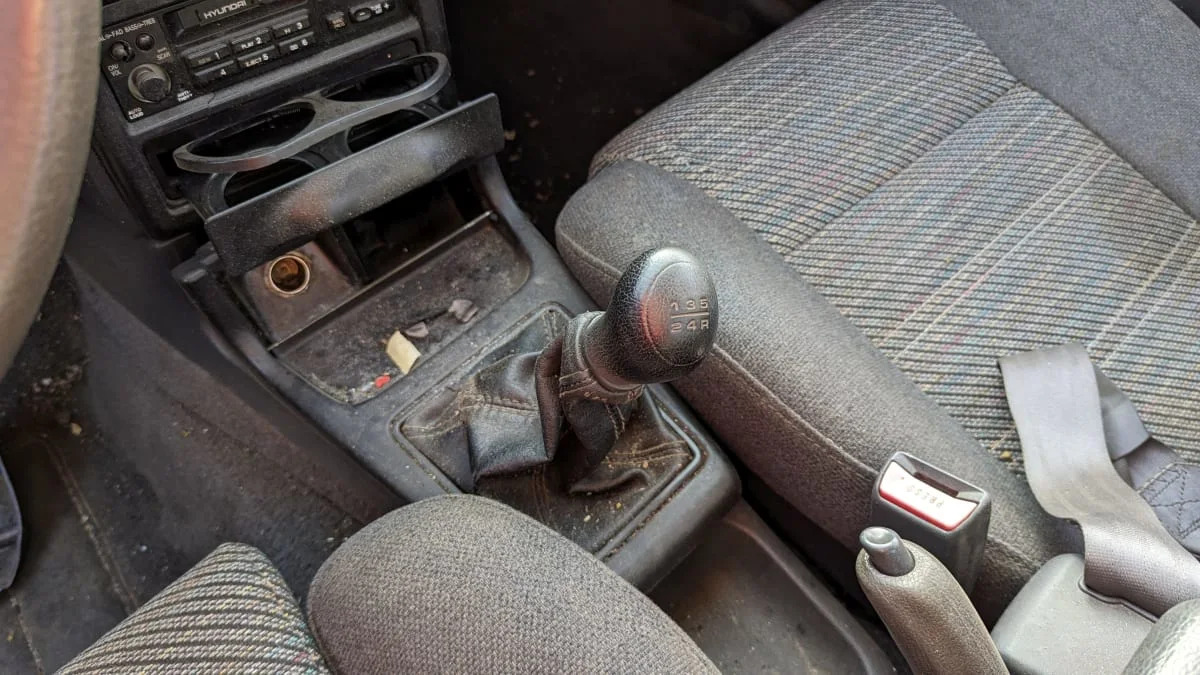
The Scoupe’s base transmission was a five-speed manual, and that’s what this car has. The Excel for 1993 still had a four-on-the-floor manual as standard equipment.
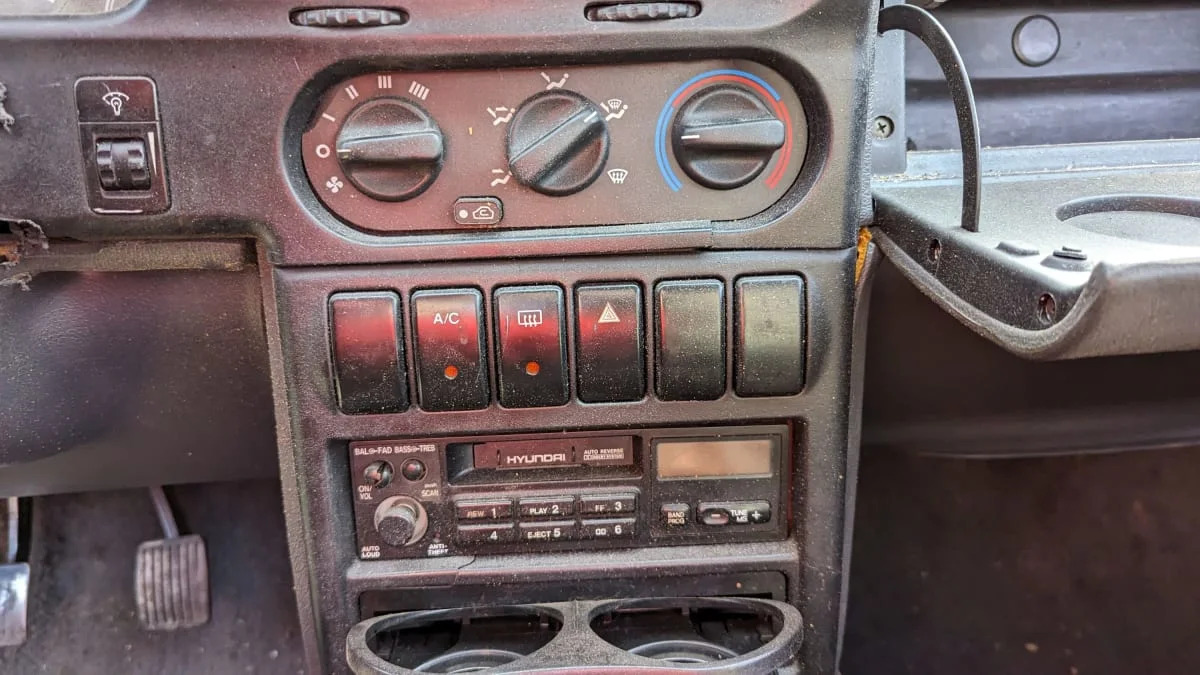
The Scoupe LS came with an AM/FM/cassette radio as standard equipment, which was impressive for the price at the time. This car has air conditioning, which added $810 to the price ($1,744 in today’s dollars).
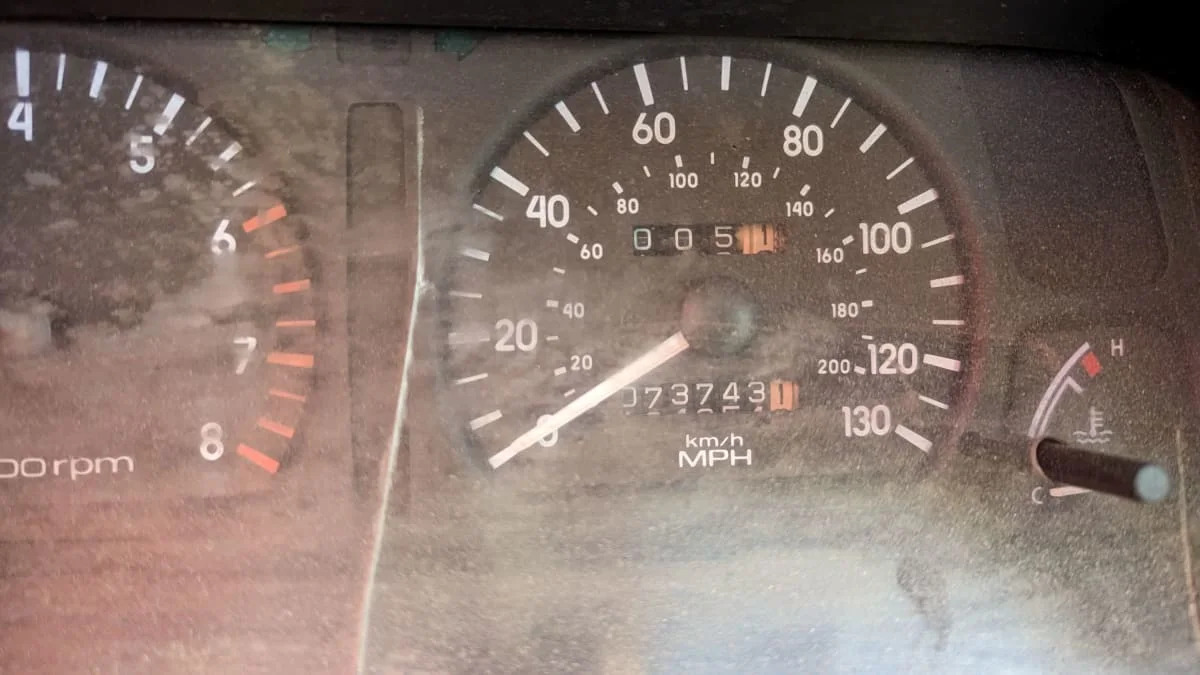
The design and assembly quality in Hyundais improved dramatically as the 1990s went on, making the South Korean upstart an intimidating player in the United States market by the dawn of our current century. This car is an Excel under the skin, though, and that means its life expectancy was limited. Reaching age 30 was a real accomplishment for today’s Junkyard Gem, but the final mile tally didn’t even hit 75,000.
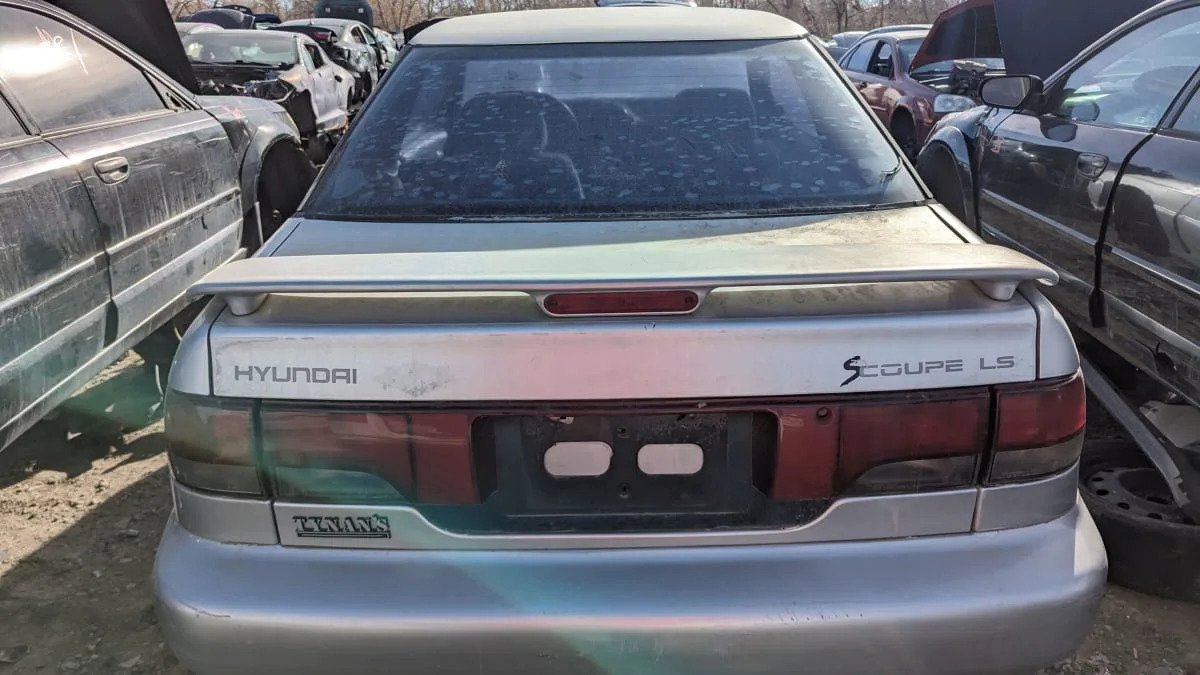
Still, the reason we call even the poorly-built cars in this series Gems is that they’re valuable to us in the historical sense. Hyundai established a near-instant toehold here on price alone and then proceeded to improve their vehicles — and, just as important, the American car-buying public’s perception of their vehicles — more quickly than any other manufacturer in the modern era ever has. Could you imagine an alternative universe in which Malcolm Bricklin and his Yugo pulled off that feat?
Handles with precision, accelerates with authority and stops with assurance … but then, what’s to stop?
Yes, Hyundai!
The young artist in South Korea feels uninspired, but then she gets into her Scoupe (inexplicably fitted with California license plates) and becomes incredibly glamorous in a heartbeat.
The best South Korean-market car commercials of this era had narrators with macho deliveries, and this one doesn’t disappoint in that department.
